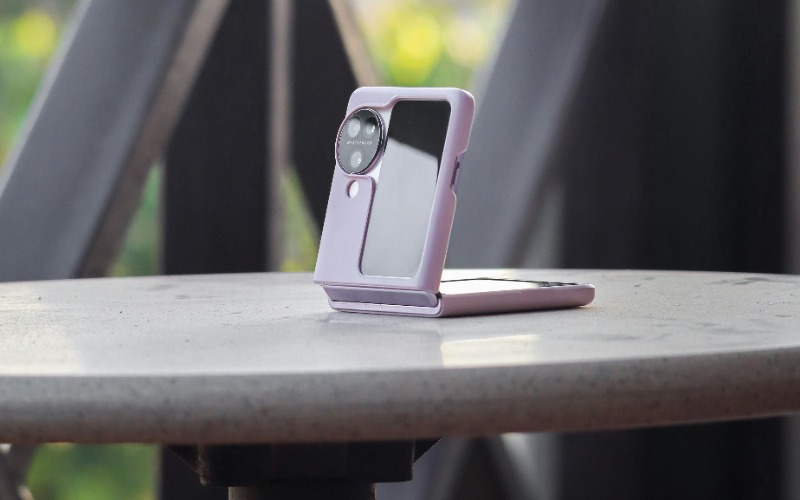In the ever-evolving landscape of mobile technology, a fascinating trend is making a significant comeback, promising to reshape our interaction with our most personal devices: foldable tech. This resurgence is not merely a nostalgic trip down memory lane to a time when flip phones were the latest and greatest but a forward-looking leap into the future of mobile device innovation.
The Allure of Foldability
The concept of foldable tech, reminiscent of the early 2000s’ flip phones, has returned with a modern twist by combining the experiences of tablets and smartphones. Unlike their predecessors, today’s foldable devices are not just about making a fashion statement; they represent a blend of form and functionality that aligns with the contemporary user’s lifestyle.
These devices offer a unique versatility that traditional smartphones cannot match. In their compact form, they are unobtrusive and convenient for quick communications. Unfolded, they offer a larger, more immersive screen suitable for gaming, reading, or watching videos. This adaptability allows users to tailor their devices to the task at hand, seamlessly transitioning between different modes of use and experiences.
Impact on App Development & User Experience
The adoption of foldable devices is already prompting a shift in app development. Developers and businesses are keen to exploit the new possibilities offered by these devices. Apps are designed to utilize the expanded screen real estate effectively, with innovative layouts and multi-window capabilities for multi-tasking and enhanced user engagement.
This evolution in app design underscores a broader trend in technology: the drive towards more personalized and flexible user experiences. As foldable devices become more prevalent, we can expect to see apps that look different and offer new functionalities and ways of interacting with digital content.
When unfolded, these devices give more space for app developers to create immersive and dynamic experiences for larger screens and multi-window functionalities. App developers will need to consider several factors when designing and optimizing apps for foldable devices, such as:
- Screen continuity and resizing – integrating features to ensure the app seamlessly transitions between different screen sizes and orientations, including devices that offer a flex mode where the screen can be partially folded to display content uniquely.
- Layouts – adapting to different screen sizes and aspect ratios, with attention to how users will interact with the app on both folded and unfolded screens.
- Multi-Window Support – optimizing the app to take advantage of the foldable device’s ability to display multiple windows simultaneously, as well as split-screen.
- Multi-tasking – functionalities to support using multiple apps, such as drag-and-drop for multi-window usage and the ability to easily move from one display to another.
- Responsive technical components – including resizable fonts and designs to further enhance the user experience.
By considering these factors and optimizing their apps accordingly, developers can create a more engaging and user-friendly experience for foldable device owners.
Creating apps for foldable devices also offers several benefits for app developers:
- Innovation – the ability to explore new design possibilities and features that take advantage of the flexibility of these devices.
- Market differentiation – being able to have their apps stand out in a competitive market and cater to the evolving needs of users.
- Increased user engagement – apps providing a seamless and intuitive experience will pull in and retain users.
- Attracting tech-forward users – tapping into a growing market segment and the opportunities that exist within that segment for monetization.
Overall, creating apps for foldable devices can open up new opportunities for app developers to innovate, enhance user experiences, differentiate their apps in the market, and stay ahead of the curve in the rapidly evolving mobile landscape.
Are Foldable Devices a Fleeting Trend?
The question is not if but how quickly foldable devices will become the norm. The initial enthusiasm for these devices suggests a bright future; their long-term success will depend on the continued innovation in design, functionality, and development of apps that allow users to fully experience the benefits of foldable devices and user experience.
The rise of foldable devices is a testament to the dynamic nature of technology and its relentless push towards more adaptable, user-friendly solutions. As we continue to explore the potential of these devices, we remain excited about the possibilities they hold for enhancing our digital lives.
In embracing foldable tech, we are not just turning back the clock. We are unfolding the future of mobile innovation.











